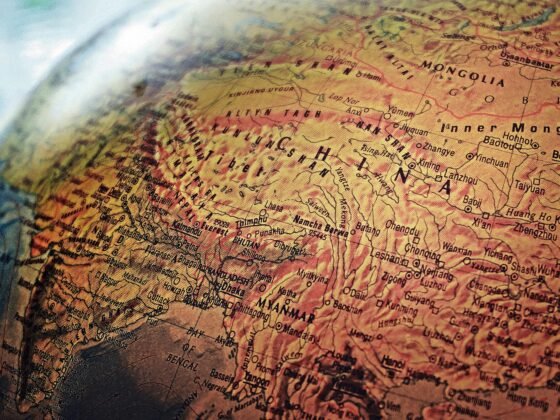The Northern Hemisphere will celebrate the Winter Solstice on Saturday 21 December 2013 with fire festivals, feasting, singing and dancing.
In real terms the Winter Solstice marks the shortest day and the longest night and this year officially occurs at 17:11 GMT. It’s also known as midwinter or the shortest day and is a cause for celebration as, from this point on, the days lengthen which will eventually give way to spring.
It’s believed that the winter solstice has been observed since the Neolithic period – with various cultures all over world holding various festivals steeped in ritual. For instance, Stonehenge in the UK is a popular gathering spot for revellers to observe the winter solstice. The monuments of Stonehenge hold particular significance as the ancient stones are aligned with the winter solstice sunset – in fact it’s believed that Stonehenge was built especially for this purpose. The Neolithic site of Newgrange in County Meath, Ireland is also of significant important as its monument is aligned with the winter solstice sunrise. Hundreds of New Age Tribes from across the world will gather here alongside families and curious travellers. The focus will be on the traditional Druid Ceremony and their festivities. Sunset falls at 3.53pm GMT on the 21st December.
The site of the Neolithic Goseck Circle in the Saxony-Anhalt region of Germany will also mark the winter solstice. Goseck Circle is unique in that it is aligned to both the sunrise and sunset.
Much of Asia also marks the Winter Solstice with the traditional Dongzhi Festival in China, Japan, Korea and Vietnam. This cultural event falls on 22 December and is marked with family get-togethers, the worshipping of ancestors and the consumption of the traditional Tangyuan (glutinous rice balls). In Asia the winter solstice is also referred to as ‘The Extreme of Winter’ with the following days marking an increase in positive energy.












